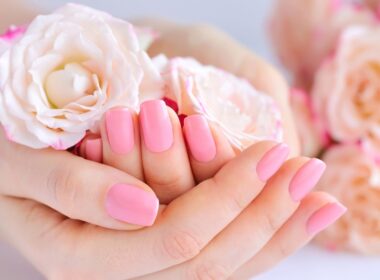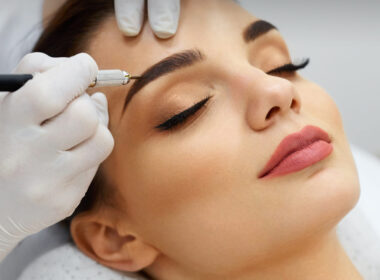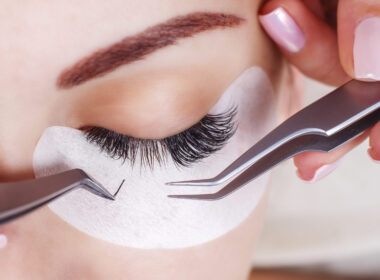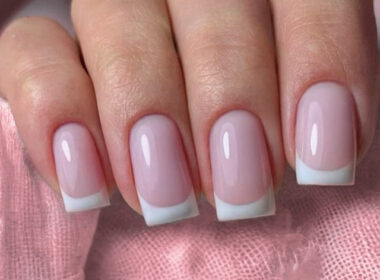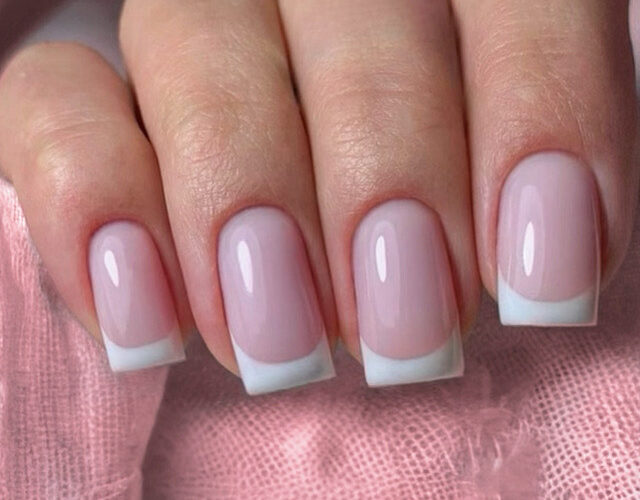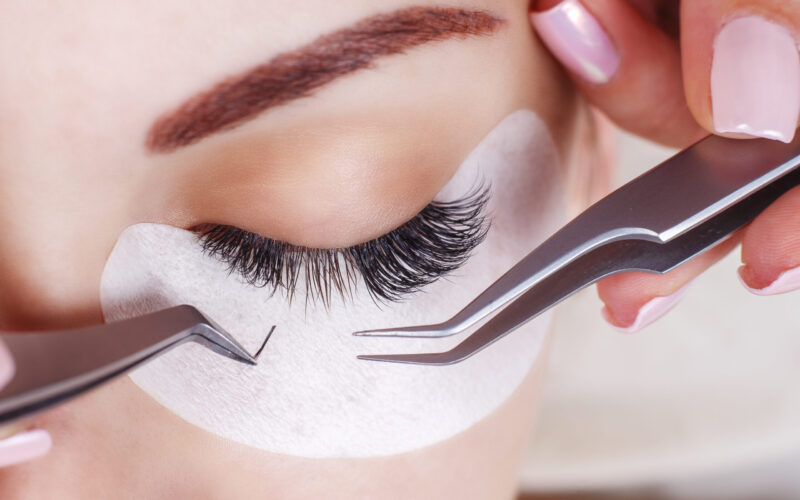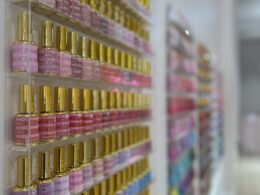If you’ve ever had a gel manicure and pedicure, you may have wondered about the science behind this popular nail treatment. Gel nails have a reputation for their high shine, durability, and resistance to chipping, but achieving these results involves a complex curing process. To understand how gel nails work, it’s essential to understand the core components involved in their application. Each element plays a crucial role in creating the perfect gel manicure, from gel polish to curing lamps. However, it’s also essential for you to consider the safety measures you should take during the application, as improper use of gel nail products can potentially cause harm. So, let’s take a closer look at the fascinating science behind gel nails and how to ensure a safe and effective application process.
The History & Evolution of Gel Nail Technology
The dentist created the first commercially used gel nail technology Dr. Stuart Nordstrom in the 1980s. Initially, we designed it to help patients with broken or damaged nails by providing a means for them to repair their nails. Nordstrom used his dental technology to manipulate gel and create a durable nail fixing. Word quickly caught on, and the nail industry adopted it as a means for people to have a stable and long-lasting manicure.
Later in the 1990s, UV gel nails hit the market. This new technology was different from original Nordstrom’s technology as it replaced the need for glue by curing gel on the nails with UV light. This method allowed for manicure appointments to be shaved to half the time, from one hour to 30 minutes.
In the early 2000s, soak-off Gel Polish became widely available in salons across the globe. This new technology allowed for a durable, chip-resistant manicure that lasted up to 14 days without chipping or peeling and added that glossy protective shine, not to mention the time saved to do one. This technology uses the same formula as its earlier counterparts but with bolder pigmentation and skincare ingredients that make the nails smoother with each use.
Fast forward to today, heat-activated gels took the industry by storm. These gel products do not need LED or UV light to cure them, hence the name “gel-like” polish. This innovation allows users to experience gel-like manicures without gel polish. This product is user-friendly and you can easily remove it with regular nail polish remover without weakening your natural nails. The heat-activated gels are known for their durability and long-lasting effects, surpassing traditional nail polish. They are ideal for those who want a quick and effortless way to achieve a chic and stunning home manicure.
Exploring the Different Types of Gel Nails
Gel nails are a popular artificial nail that can add length, strength, and even color to your nails. But did you know that there are different types of gel nails? In this post, we’ll explore the different types of gel nails and help you decide which one is right for you.
Soft Gel Nails
Soft gel nails are a type of gel nail that is flexible, lightweight, and natural-looking. They are perfect for those who want a subtle, understated look and are great for everyday wear. Soft gel nails are also low maintenance and can last up to two weeks with proper care.
Hard Gel Nails
Hard gel nails are a type of gel nail that is stronger, sturdier, and more durable than soft gel nails. They are perfect for those who work with their hands or are tough on their nails. Hard gel nails can also be sculpted and shaped to fit your nail’s natural shape, making them a popular choice for those with oddly shaped or damaged nails.
Builder Gel Nails
Builder gel nails, a type of hard gel, create extensions or add thickness to natural nails. They provide longer and stronger nails, which you can customize to fit your desired length and shape. Builder gel nails also look more natural than acrylic nails, as they are less harsh on the nail bed.
Gel Polish Nails
Gel polish nails are gel nails used to add color while keeping your nails strong and healthy. They are perfect for those who want long-lasting color and shine, as they can last up to three weeks without chipping or peeling. Gel polish nails come in various colors and finishes, so you can find the perfect shade to match your style.
Soak Off Gel Nails
Soak-off gel nails are gel nails that can be easily removed without damaging your natural nails. They are perfect for those who want the durability and strength of gel nails without commitment. You can remove soaked-off gel nails with acetone and they can last up to two weeks with proper care.
The Chemistry of Gel Nail Curing
The chemistry of gel nail curing is quite simple. The gel requires curing using ultraviolet (UV) light or LED light to create a hardened surface when it’s spread across the nail. The light activates the reaction between two chemicals present in the gel. These chemicals are monomers and oligomers.
Monomers are the foundational building blocks for most nail enhancements. The monomers bond with the oligomers in gel nails to form a single synthetic nail layer. On the other hand, the oligomers are responsible for creating that pliable texture that makes gel nails so popular. So, the chemical reaction hardens the gel into a durable layer when the UV light hits the mixture of oligomers and monomers.
Another critical aspect of gel nail curing is the length of time that the gel needs to cure. When exposed to UV or LED light, most gels will solidify in about 30 seconds to two minutes. The time it takes to heal depends on the type of gel used and the manufacturer’s specifications.
Of course, the type of light used to cure gel nails plays a massive role in the quality of the manicure. Most salons use UV and LED light as the most common types of light. LED light, specifically developed for nail enhancement purposes, is a newer technology. But what’s the difference between the two? Well, LED light cures more efficiently and gently, generating less heat in the reaction, making it a safer alternative. However, UV light offers a broader range of light, and some older gels still require it.
Finally, the gel type chosen by the technician can determine whether you get that perfect look, you had in mind. There are many gels in the market, each with specific properties like application time, curing time, durability, thickness, and transparency. Ensure the gel used by your technician is high quality and suits your nail needs. Discuss your requirements with your technician to help them choose the suitable gel.
Gel nails revolutionized the nail industry, offering a unique style that puts convenience and practicality first. The proper curing techniques determine how long your beautiful nails will last, and the suitable gel and light source required by your nail technician will ensure you get the perfect manicure you have been dreaming of.
CONCLUSION:
A thorough understanding of the scientific processes involved in curing gel nails is essential to fully appreciate the technological advancements that have made this popular nail treatment possible. The interplay between various factors, such as UV light, temperature, and oxygen, is crucial in determining the durability and longevity of the results achieved, and having a firm grasp of these elements can help us to maintain the health of our nails better and care for our manicures more effectively.
In this article, we will delve deeper into the fundamentals of achieving the perfect gel nail polish, highlighting the delicate balance between science and artistry required to create truly stunning results. With the improved bonding between atoms facilitated by the curing process, nail technicians now have a powerful tool to provide clients with exquisite enamel effects that are resistant to chipping and peeling. As more and more individuals seek out professional-quality manicures and pedicures, the popularity of cured gel nails continues to soar. By paying close attention to the scientific principles underlying this process, you can ensure that your nails remain flawlessly polished and beautiful for days on end.

